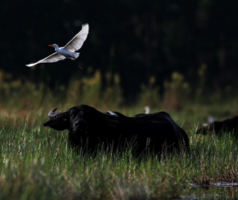
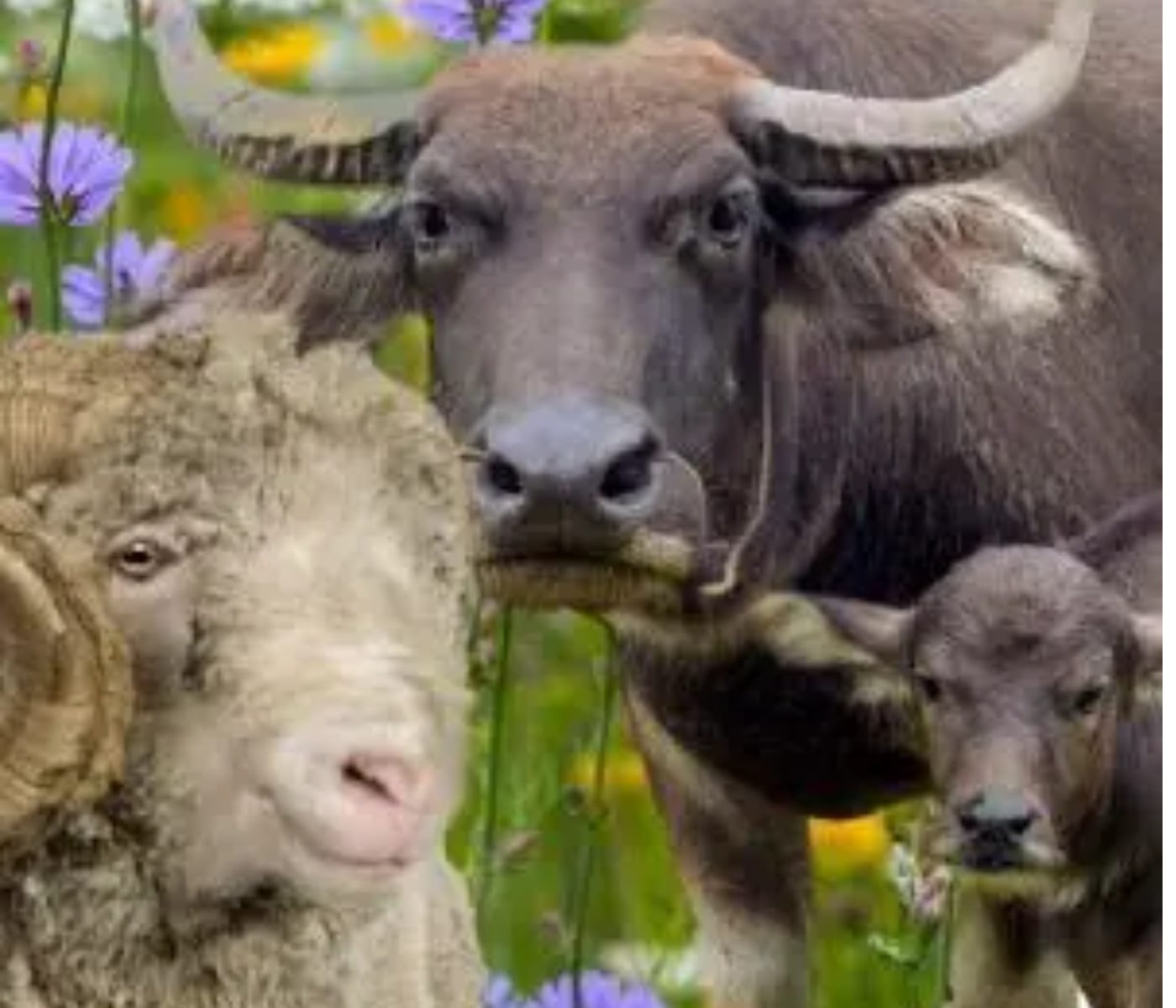 22 Jun 2023
22 Jun 2023
Sustainable and environmentally friendly food systems
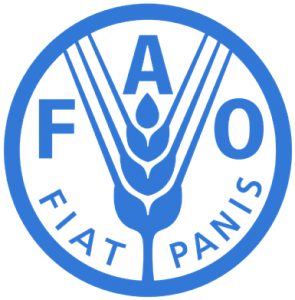
If someone were to devise a strategy to safeguard some of our most vital yet fragile agricultural and food systems in the future, they would likely create something very similar to the Globally Important Agricultural Heritage Systems (GIAHS) program, established by the Food and Agriculture Organization (FAO) of the United Nations. These unique sites preserve important human traditions of sustainability and harmonious coexistence with animals and nature.
The health and vitality of ecosystems, including the plants and animals we coexist with, are crucial for our daily lives and the fulfillment of our needs for water, food, medicine, shelter, and energy. GIAHS designated by the FAO are places where this coexistence has endured and thrived for centuries, or even millennia.
Newly designated GIAHS
The agrosilvopastoral system of the Mountains of León (Spain)
In this biodiversity-rich region where opportunities for food crop production are scarce, livestock constitutes a key element of local livelihoods. The native breeds of cows, goats, sheep, and horses raised in this territory are unique in the world. In the villages of the Mountains of León, traditional livestock fairs serve as gathering places not only for animals but also for the exchange of traditional knowledge.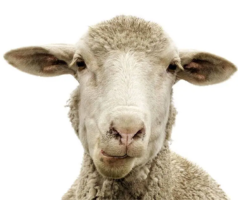
The traditional livestock farming practiced here contributes to a respectful interaction with the environment and higher quality products from the region. The tradition of transhumance, the seasonal movement of livestock within an extensive territory, also plays a significant role in seed dispersal and field fertilization, promoting genetic heritage and biodiversity.
The biodiversity of this territory, with a mosaic structure where each family unit simultaneously combines forestry, livestock, and agricultural activities, leads to greater environmental, social, and economic resilience and sustainability.
The agroecological system of buffalo grazing in Thale Noi wetlands (Thailand)
Buffaloes hold a significant place in Thai rural traditions, represented in the Thai alphabet and praised in countless artistic compositions and ceremonies.

The buffalo holds fundamental importance in the rural traditions of Thailand. © Supasek Opitakon (Source: FAO)
Buffalo grazing is vital for the sustenance of communities living and working in the extensive wetlands of southern Thailand. Over centuries, this activity has contributed to shaping ecosystems and conserving biodiversity. The trampling of buffaloes continuously changes the topography of the local landscape, creating waterways, channels, trails, wallows, and depressions throughout the wetland, providing protective habitats for nesting birds and feeding areas for animals. The watercourses created by buffaloes also act as effective natural barriers against wildfires during the dry season, minimizing carbon emissions from peat swamp fires.
Buffaloes also provide meat and dairy products to humans, while their manure serves as fertilizer for the soil and even as food for fish, which in turn provide food for birds.
The oasis of Figuig Ksour (Morocco)
The inhabitants of this oasis in the eastern region of Morocco practice two types of animal husbandry: either raising their animals within their homes and the surrounding palm groves or subcontracting nearby nomadic associations to care for the livestock alongside the shepherds’ own animals.
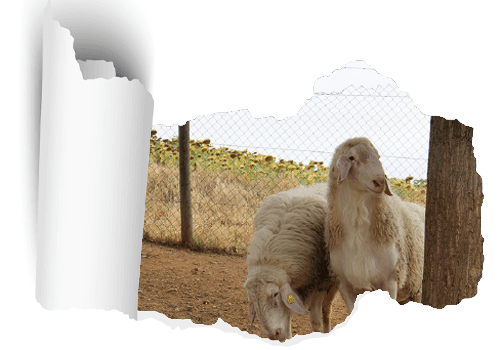
The herders have harnessed natural biodiversity and, based on empirical animal selection over thousands of years, have produced varieties of animal breeds adapted to different local conditions.
The use of a native breed of sheep, the d’man, small-sized and adapted to the environment, enables the shepherds to lead a highly mobile lifestyle, going wherever there is food for desert-dwelling animals.
For the nomads of the Figuig oasis, products from their animals, such as meat, wool, hides, and horns, constitute the central element of their livelihoods. Subjected to the harsh desert,farmers store these products during years of abundance.
The Amazonian chakra (Ecuador)
The traditional agroforestry system of the Amazon region, also known as the chakra system, brings together optimal conditions for biodiversity conservation. The Amazonian chakra is characterized by the interdependence of the environment with human communities, who live in close relationship with the native fauna, including reptiles, amphibians, birds, mammals, and invertebrates.
Livestock rearing and hunting are integral parts of life for the Kichwa and Kijus communities that populate the chakra. The belief system of these populations revolves around the intimate connection between the human world, spirits, animals, air, soil, and water. Humans coexist in close contact with other living beings.
Final remarks
As evident in all these communities, the interaction between humans and animals is key to maintaining food security and livelihoods. This interaction also plays a fundamental role in the resilience of biodiversity-rich ecosystems. The GIAHS program supports efforts deployed globally to preserve the biodiversity of our planet and the extraordinary agri-food systems that promote sustainability.
You may also like to read: “
Source: FAO
Subscribe now to the technical magazine of animal nutrition
AUTHORS
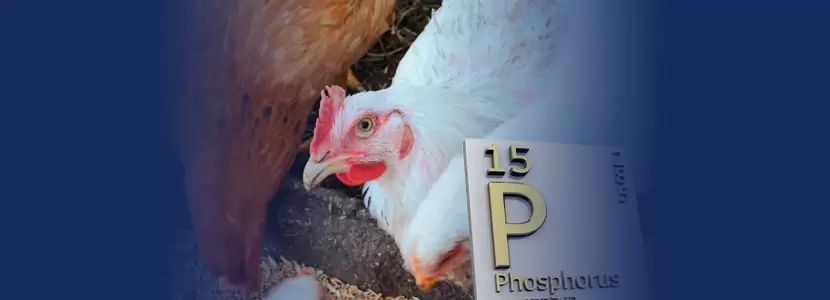
Evaluation of Different Levels of Digestible Phosphorus in Layer Hens
Miguel Alberto Pérez Espinoza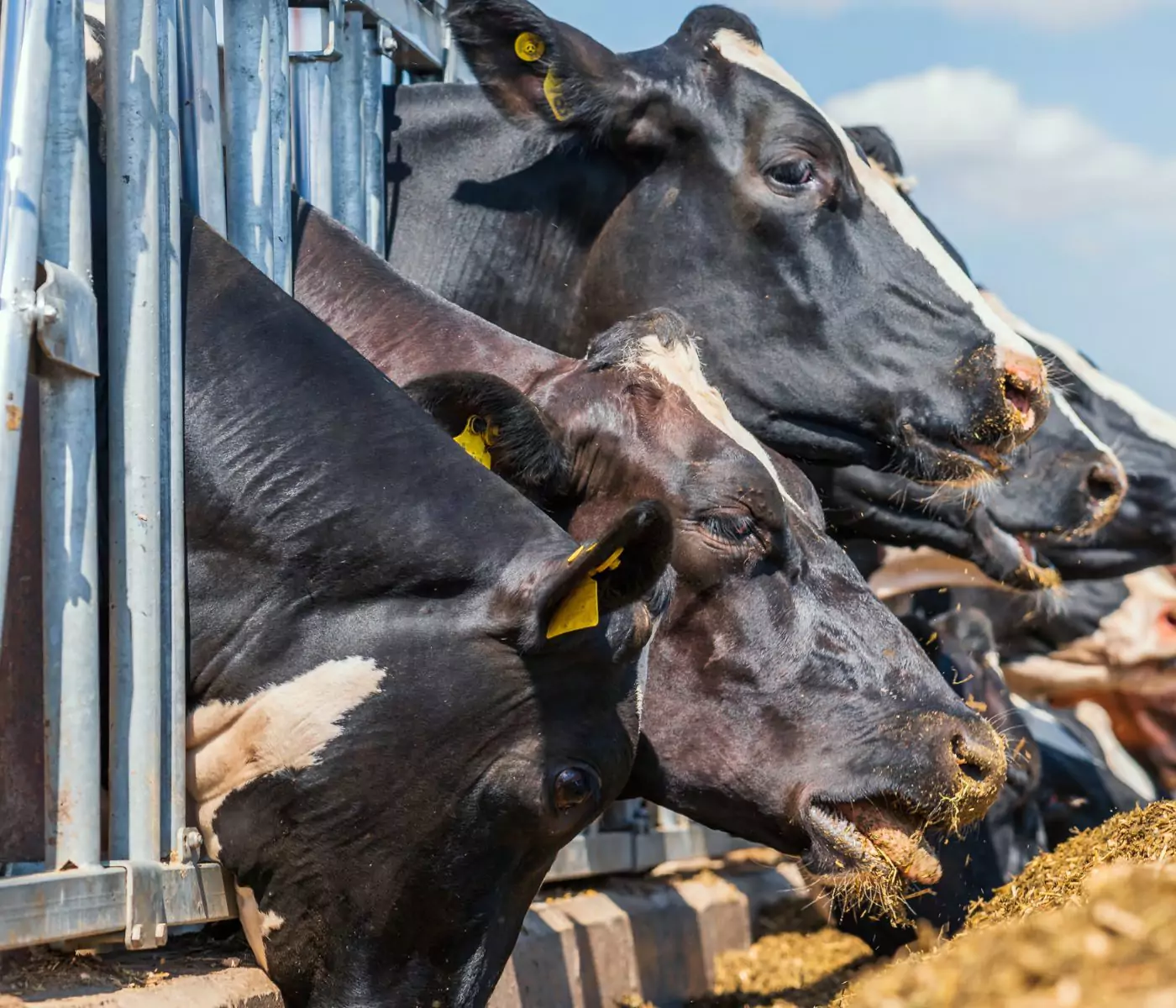
AMINO ACIDS IN THE FEEDING OF CATTLE (PART 1)
Breno Luis Nery Garcia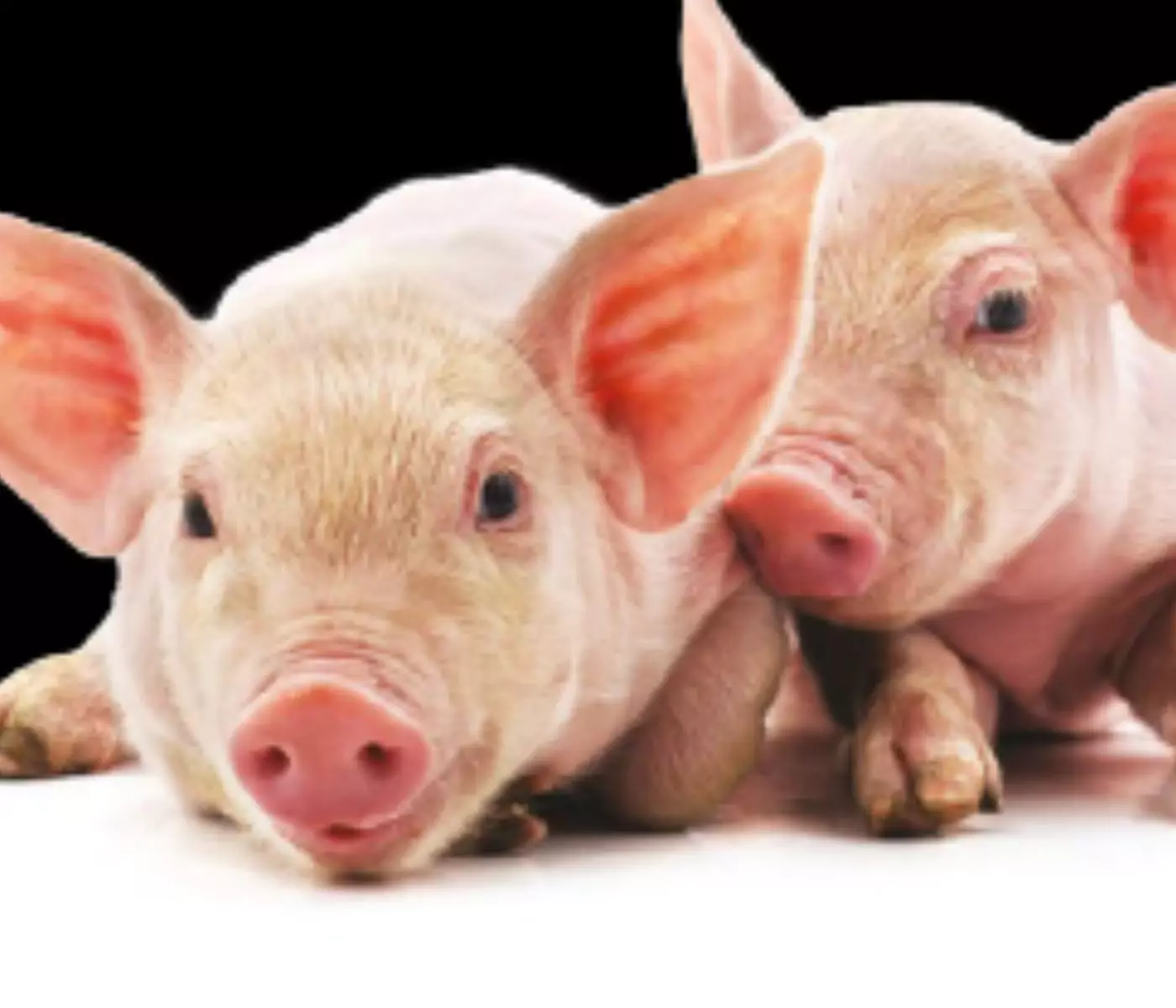
Vitamins for Swine Health, Welfare, and Productivity
Edgar Oviedo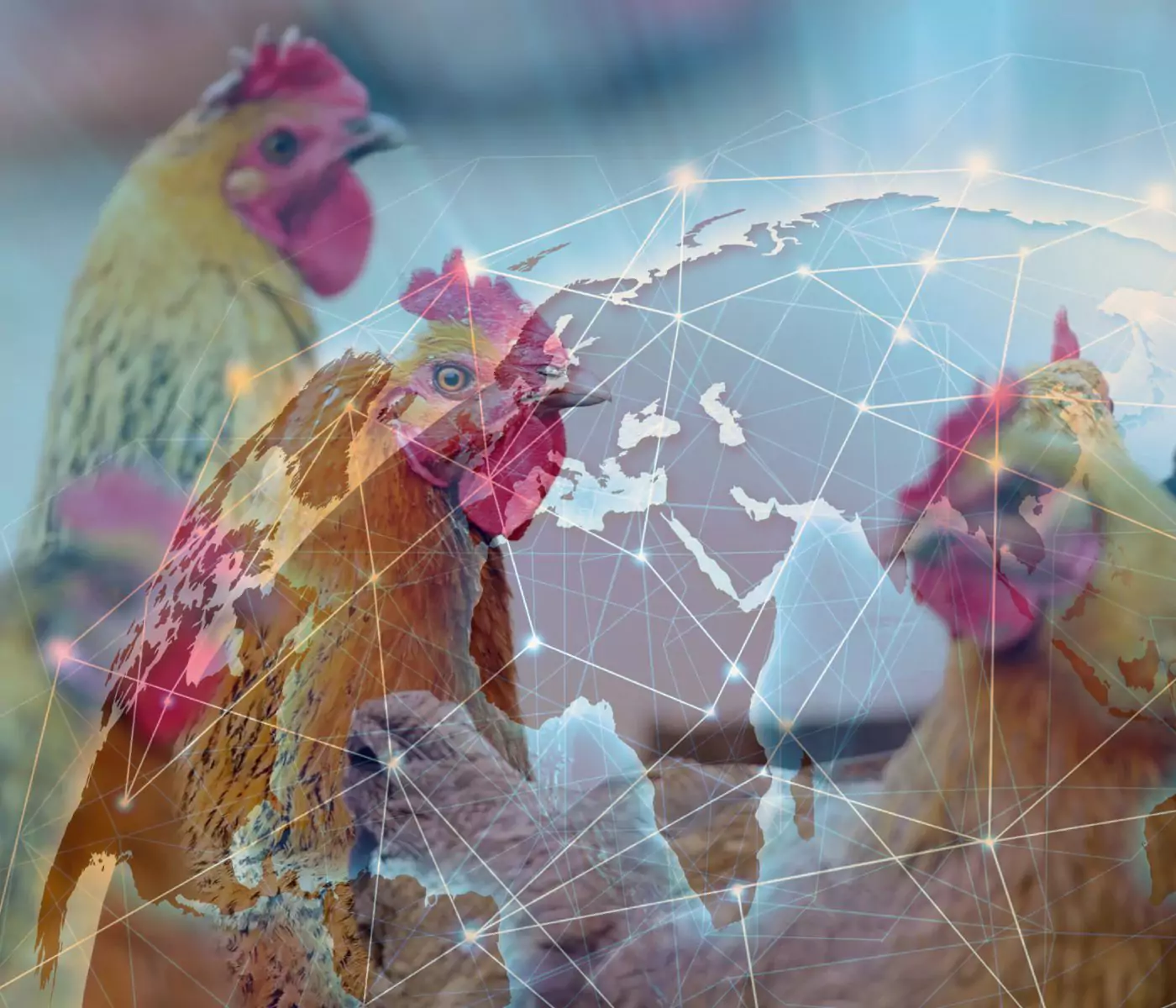
Advances in Poultry Nutrition: International Poultry Scientific Forum 2024
Edgar Oviedo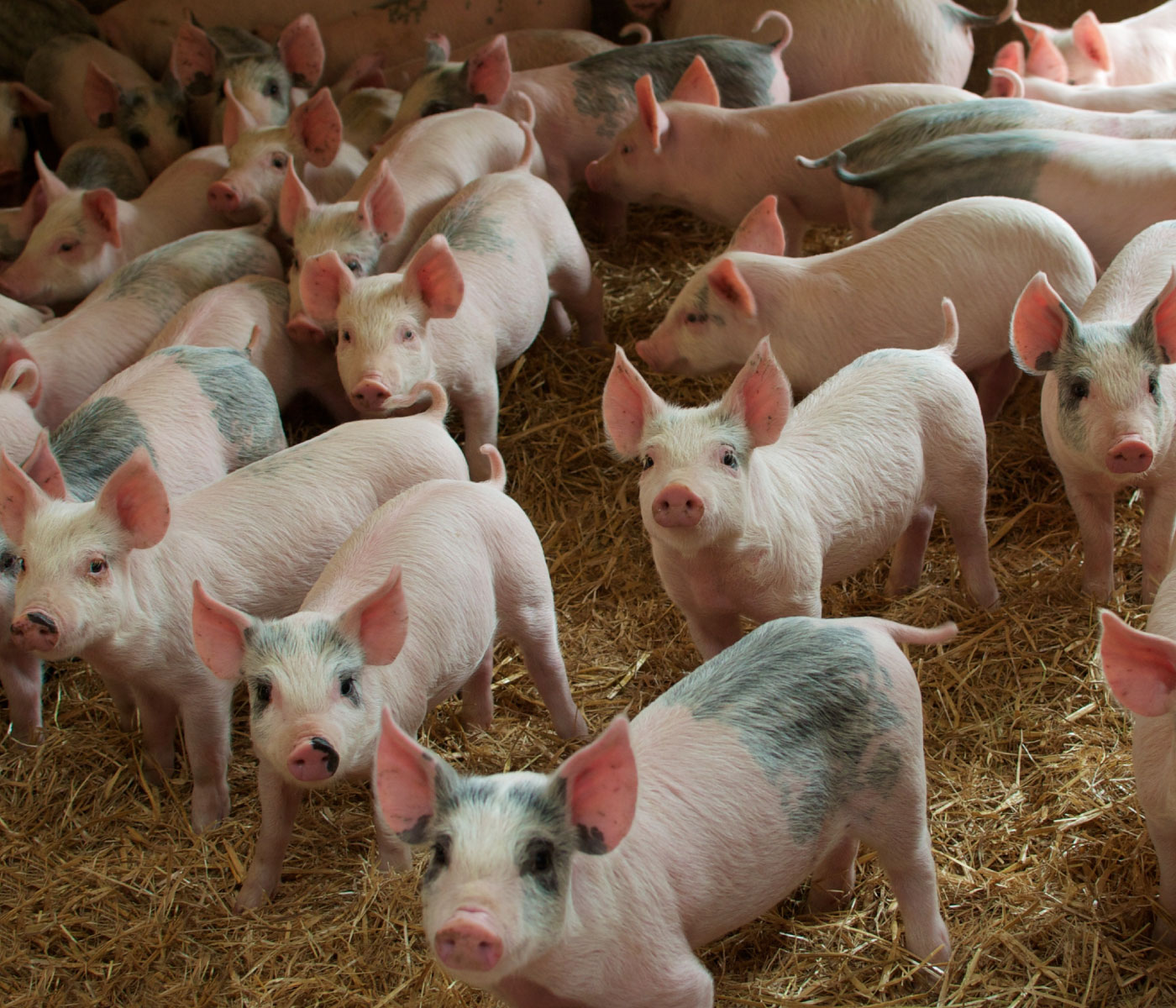
Optimizing pig nutrition for enhanced resilience
Gwendolyn Jones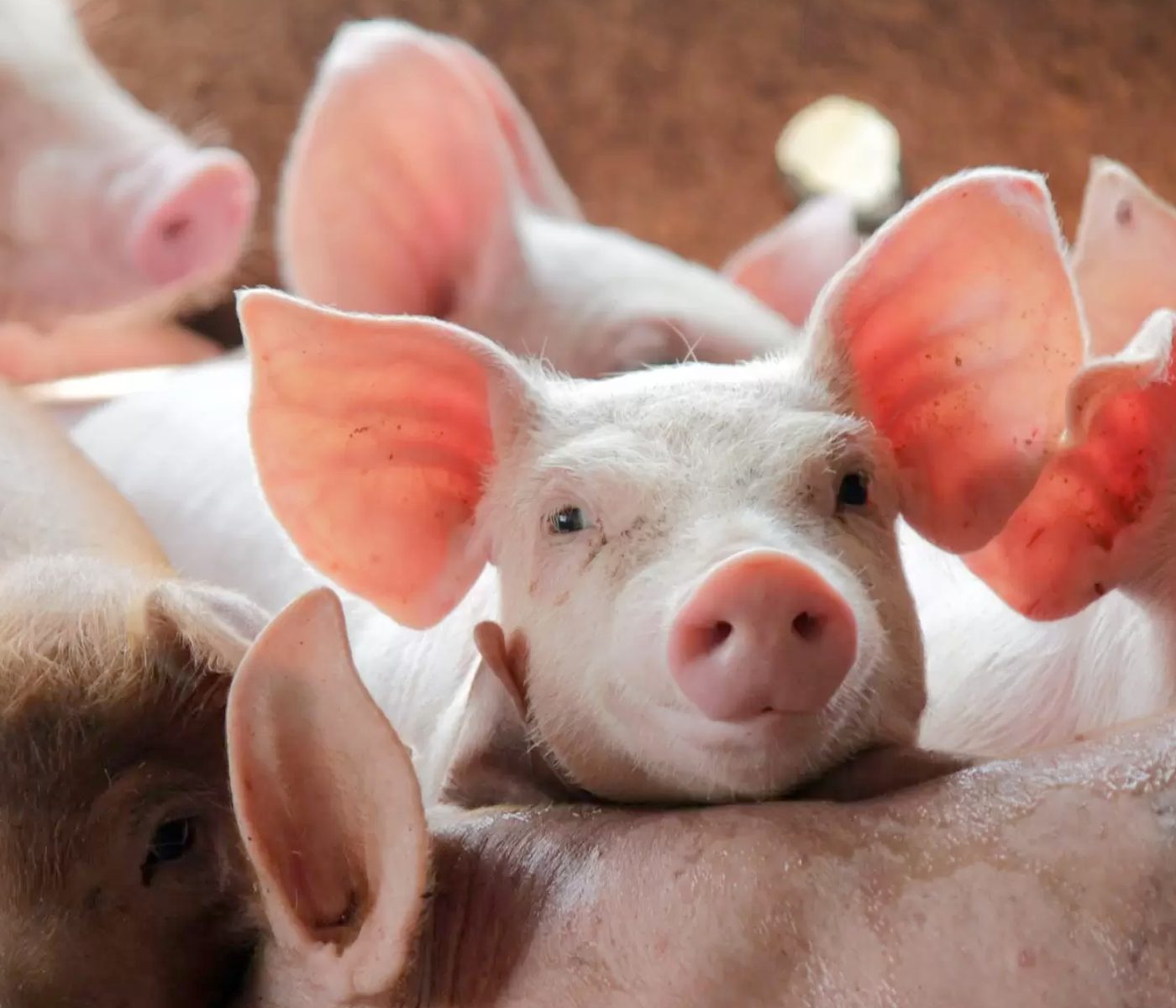
Optimizing Nutritional Formulas: A Vital Practice for Success
Gabriela Martínez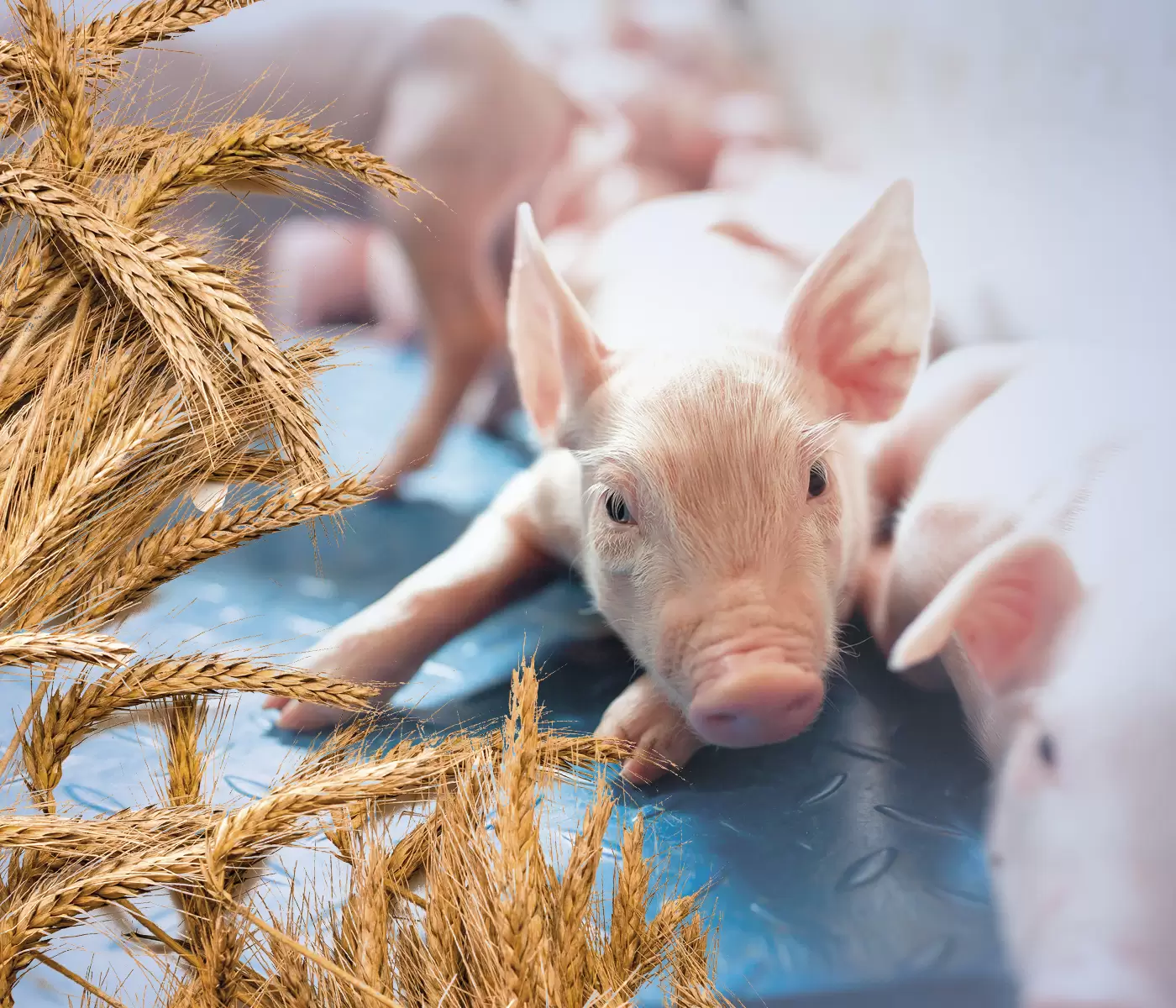
Sustainable performance with hybrid rye?
Dr. Volker Wilke
Novel Approaches for Evaluating the Efficacy of Mycotoxin Adsorbents
Abdelhacib Kihal
The Importance of Vitamins in Modern Poultry Farming
Sérgio Gonçalves Mota